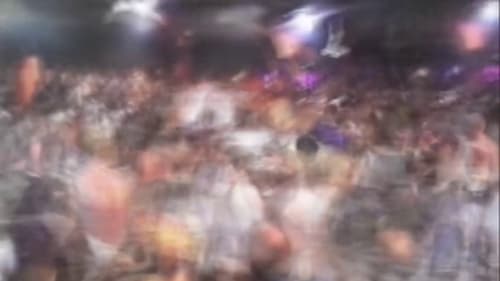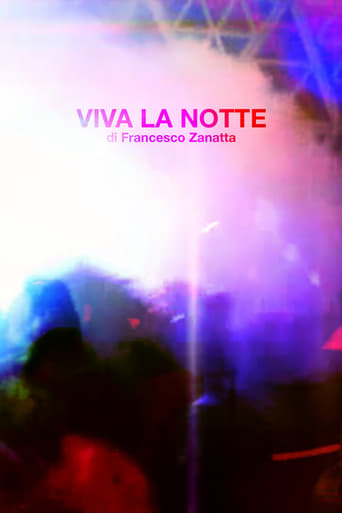Viva la notte
Between the early 1990s and late 2000s, in what can be considered the golden age of Italian disco, a number of people chose to document a swirling, sleepless nightlife. What emerged is a collection of low-definition videos in which flashing lights, pulsating music and dancing bodies merge to become a mass in constant agitation. Viva la notte starts from this material to explore and expand the sense of loss that characterizes it, taking it to a level of abstraction and opacity where the image dissolves similarly to the world that generated it. Forms are lost in the dark and what remains are the evanescent traces of another place, populated by fleeting ghosts in search of perpetual instability. Between the early 1990s and late 2000s, in what can be considered the golden age of Italian disco, a number of people chose to document a swirling, sleepless nightlife. What emerged is a collection of low-definition videos in which flashing lights, pulsating music and dancing bodies merge to become a mass in constant agitation. Viva la notte starts from this material to explore and expand the sense of loss that characterizes it, taking it to a level of abstraction and opacity where the image dissolves similarly to the world that generated it. Forms are lost in the dark and what remains are the evanescent traces of another place, populated by fleeting ghosts in search of perpetual instability. Between the early 1990s and late 2000s, in what can be considered the golden age of Italian disco, a number of people chose to document a swirling, sleepless nightlife. What emerged is a collection of low-definition videos in which flashing lights, pulsating music and dancing bodies merge to become a mass in constant agitation. Viva la notte starts from this material to explore and expand the sense of loss that characterizes it, taking it to a level of abstraction and opacity where the image dissolves similarly to the world that generated it. Forms are lost in the dark and what remains are the evanescent traces of another place, populated by fleeting ghosts in search of perpetual instability. Between the early 1990s and late 2000s, in what can be considered the golden age of Italian disco, a number of people chose to document a swirling, sleepless nightlife. What emerged is a collection of low-definition videos in which flashing lights, pulsating music and dancing bodies merge to become a mass in constant agitation. Viva la notte starts from this material to explore and expand the sense of loss that characterizes it, taking it to a level of abstraction and opacity where the image dissolves similarly to the world that generated it. Forms are lost in the dark and what remains are the evanescent traces of another place, populated by fleeting ghosts in search of perpetual instability.



 AD
AD